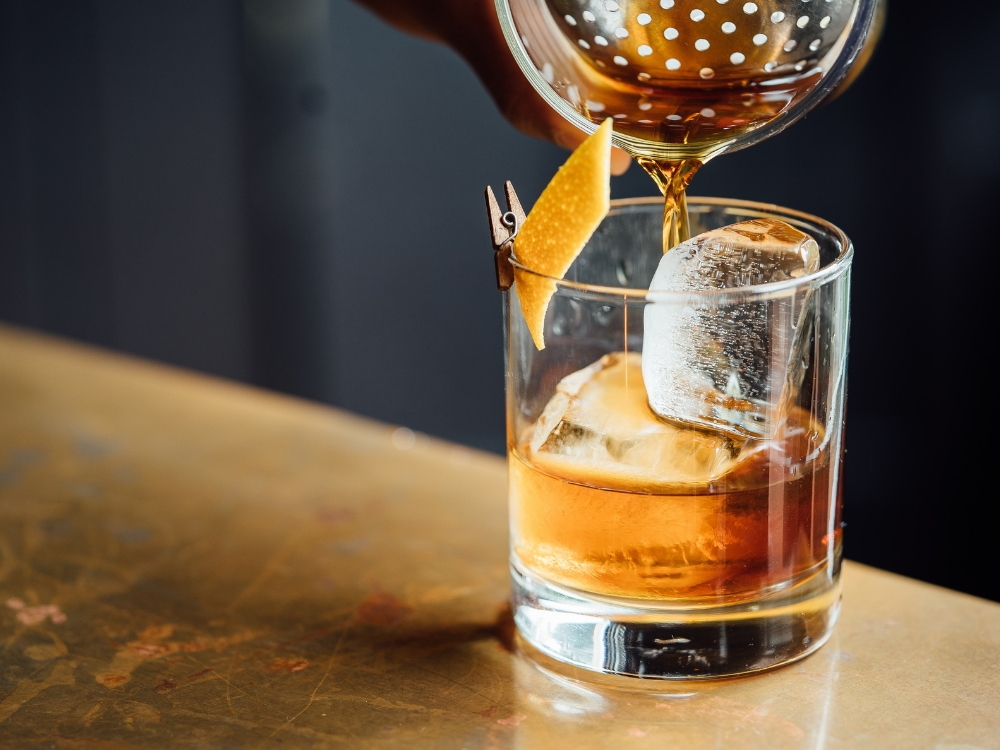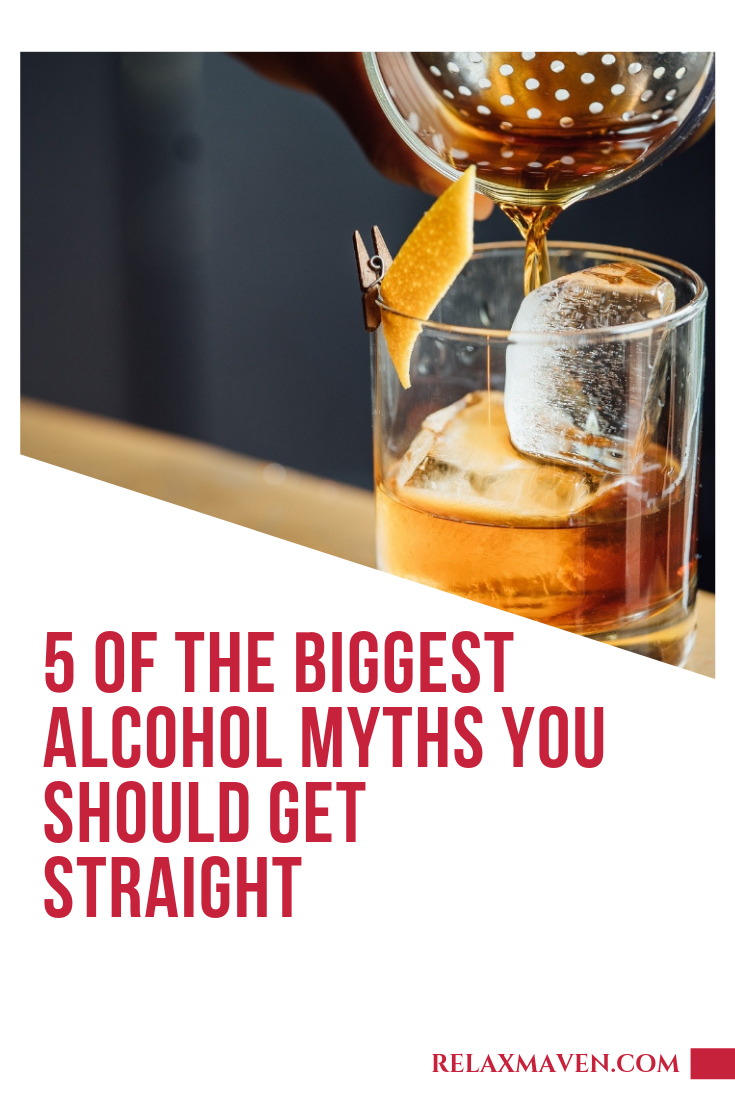
Whether you’re an alcohol retiree or a casual drinker, I’m sure you’ve heard a few rules off The Great Alcohol Commandments from your ‘alcohol experts’ slash alcoholic friends to help you get the most out of your night out drinking without suffering terribly negative effects. While those rules may have stemmed from a grain of logic, they’re not exactly cut and dry absolute truths to drink by.
Here are 5 of the biggest alcohol myths you should FINALLY get straight after all these years. You might find this useful for your next ladies’ night out!
Myth #1: Alcohol + Energy drinks = Drunker You
It’s quite understandable to expect the effects of alcohol combined with the energy rush of caffeine as a recipe for a higher level of drunk. But it doesn’t exactly work that way.
In fact, caffeine hides the sedative effects of alcohol that often tell your body to stop drinking. This tricks you into thinking you still have more energy than you actually do, and push you to keep drinking. We all know what happens next – e.g. drunken disasters and terrible hangovers.
Myth #2: Beer before liquor, never been sicker; liquor before beer, you’re in the clear
This comes from the popular notion that beer is a “softer” drink that can’t get you drunk as quickly compared to shots vodka. Most people think switching to hard liquor from chugging beer can make the drunkenness come on too fast, usually ending up as a pile of vomit on the floor. So logically, you should start with the harsher stuff and slow down with a beer. Not exactly.
The amount you drink plays a bigger part more than the type of drinks you consume or the order you drink them in. Obviously, drinking too much too fast can make you sick – regardless if it’s hard liquor or a Corona. Proper pacing is key.
Myth #3: Darker alcohols are healthier
Darker beers and wines, in general, contain more antioxidants. This means, most body-conscious drinkers think these are the healthier options. Not really.
While yes, darker alcohols contain more antioxidants, they also contain more toxic chemicals as byproducts of fermentation – which can cause worse hangovers. If you don’t want to feel sluggish in the morning, swap out the darker drinks for lighter ones.
Myth #4: Older wine is better
Aged wine is often looked at as more flavor-complex, pricier, and of better quality than its alternatives. So, it’s probably a good idea to let your wine bottle sleep in a dark corner for a few months before popping it open.
The truth is – it depends on the type of wine. Some are meant to be consumed within one year of production and don’t get any better after time. Some wine types are intended to be aged in a cellar for a few years to ferment its best flavor.
Myth #5: Dark beer has a higher alcohol content than light beer
The darker alternatives look like they’re fuller in taste, thicker, and more loaded with carbs and calories. Porters and ales, a few examples of the blacker brews, are often perceived to have higher alcohol content.
Here’s a fact: While “light” beers are lighter in color, its hue is not the only indicator of a light-bodied, lower-calorie brew. A beer drink’s color depends on the type of grain it was made from. To be sure about your beer’s true alcohol content, chat up your bartender or beer distributor.
Read the full article here by Greatist to debunk 8 more alcohol myths.
Which myth in this list have you believed to be true all these years? Let us know in the comments below!



